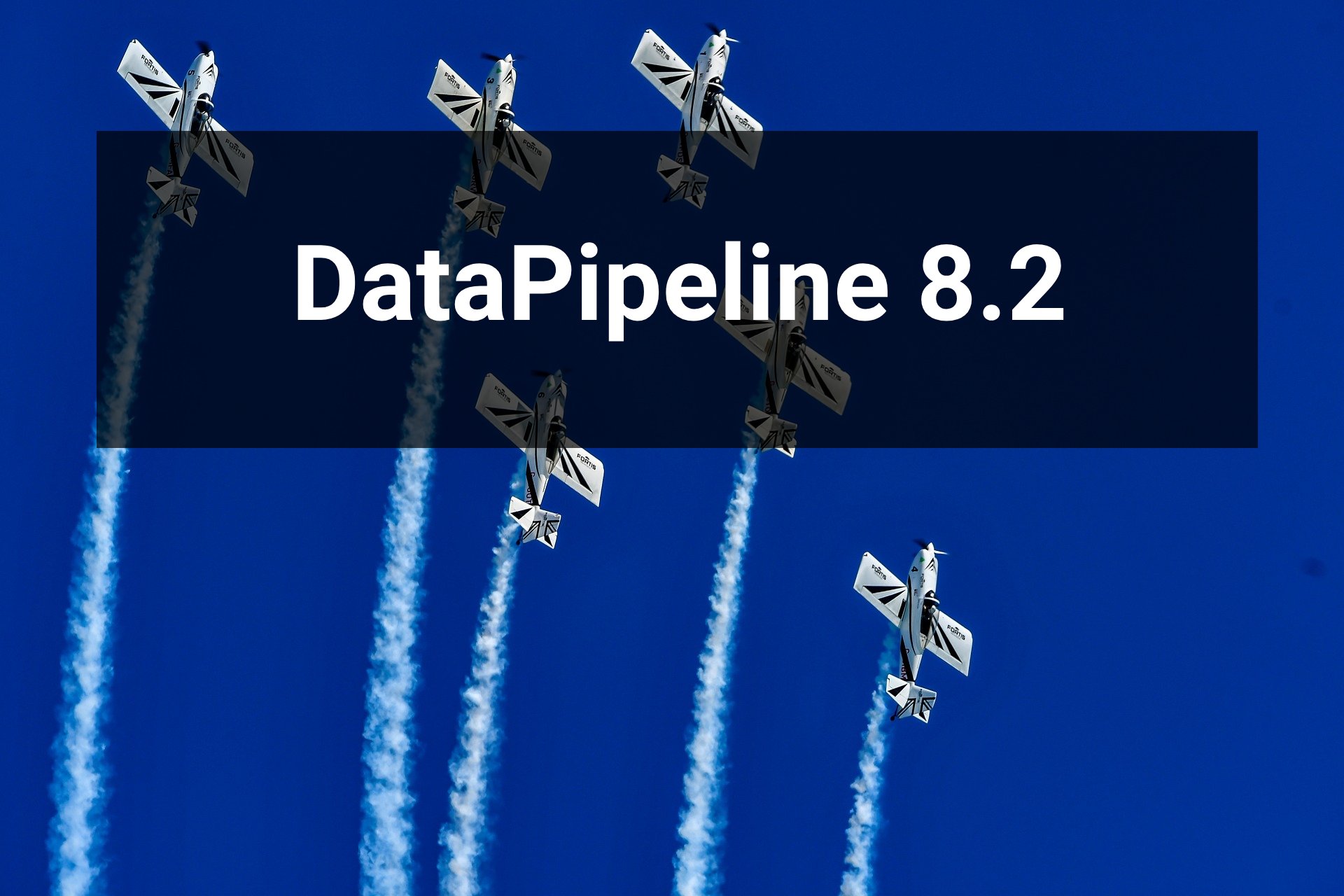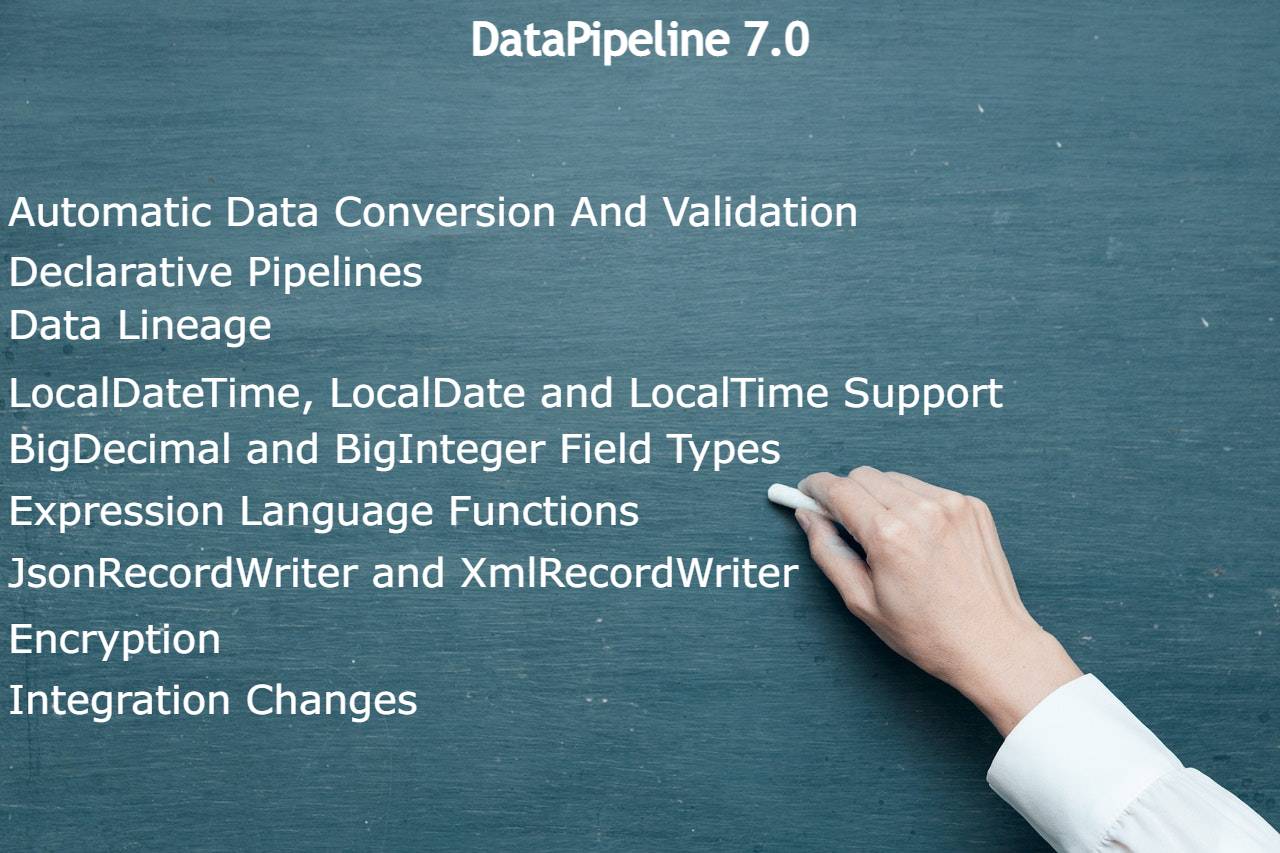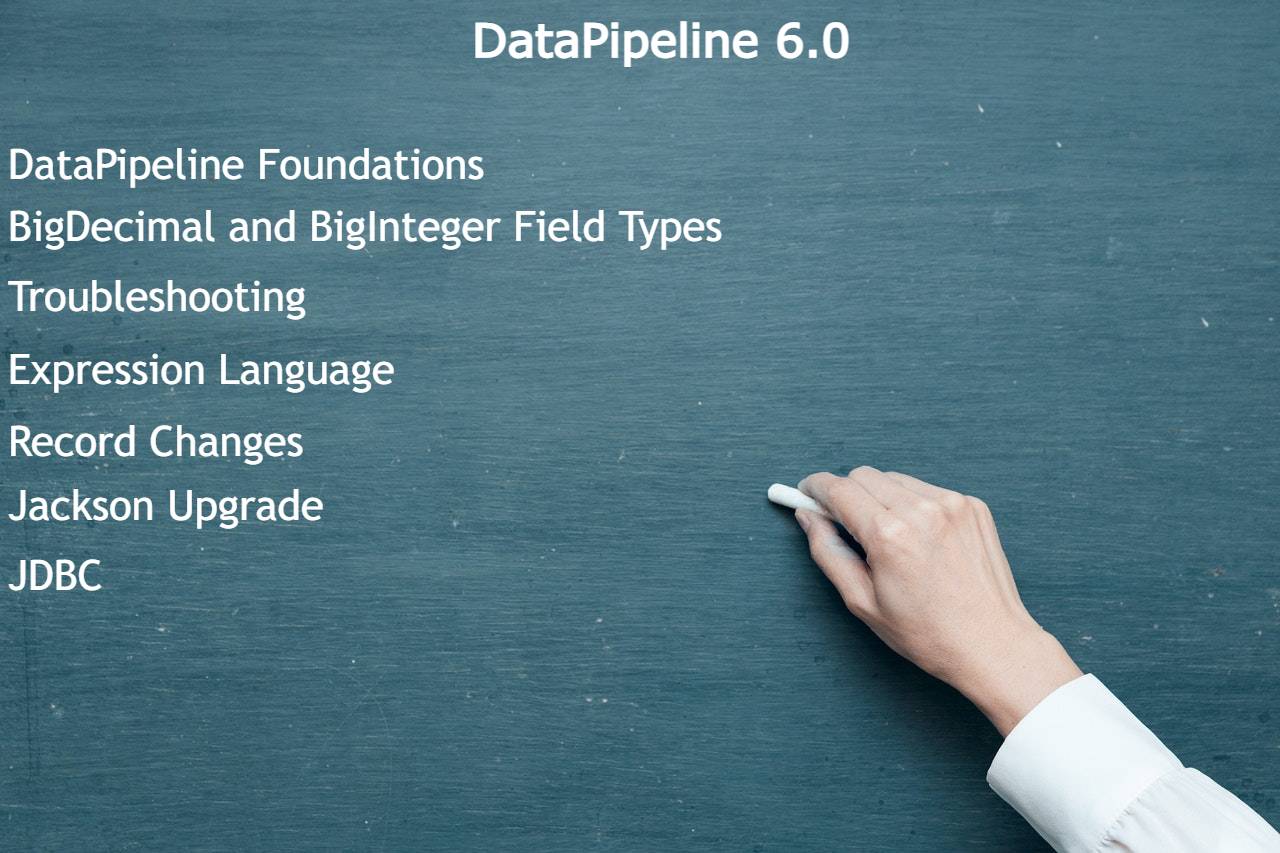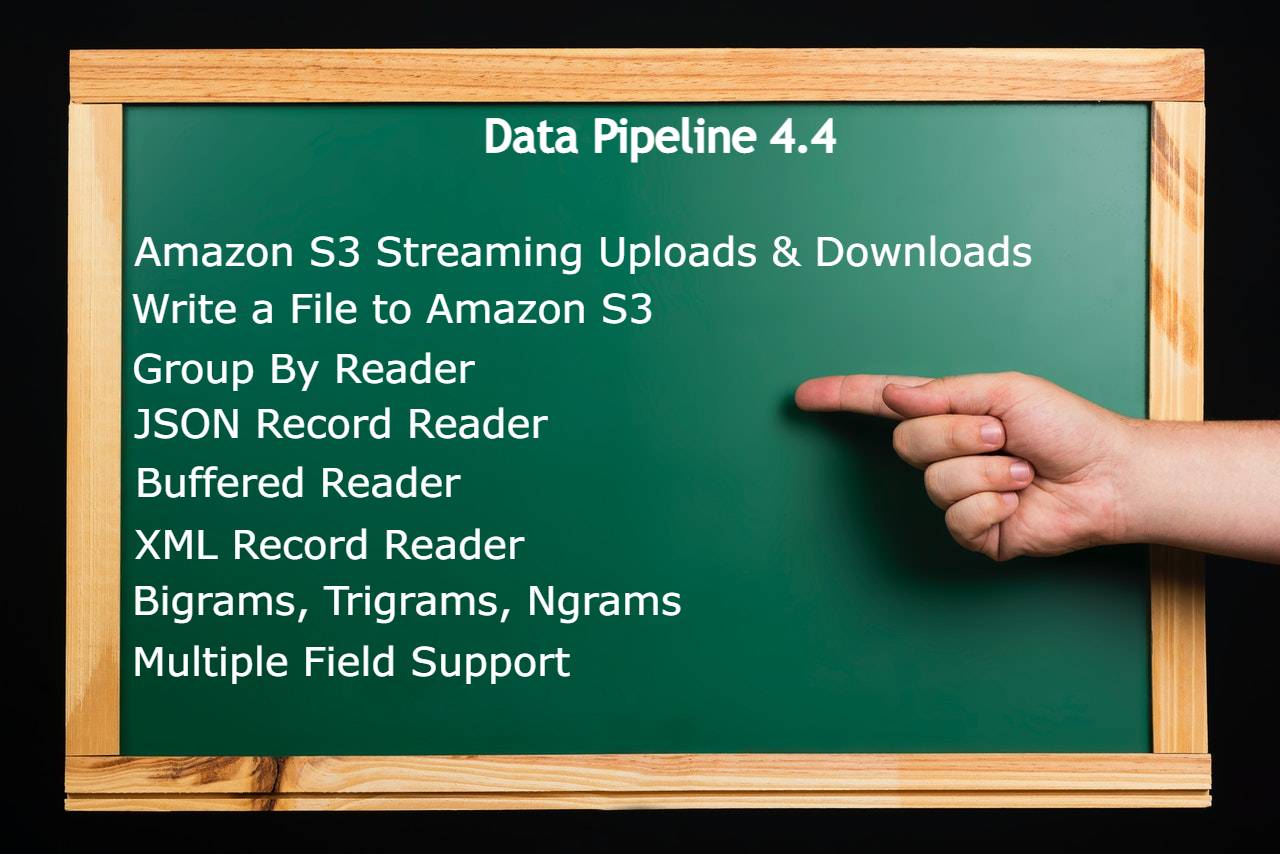Welcome to the 9.2 release of DataPipeline.
Welcome to the 9.1 release of DataPipeline.
This is a quick bugfix release to address a couple issues.
 Welcome to the fourth quarter release of DataPipeline for 2023.
Welcome to the fourth quarter release of DataPipeline for 2023.

Last month we released version 8.2.0 of DataPipline. Here’s what you can expect.
DataPipeline 8.1.0 is now available. It adds support for multi-connection upserting to database tables, JDBC read fetch size, and more. Enjoy.
Late December we released DataPipeline version 8.0.0 to general availability. This might be our longest list of new features and changes yet. Let’s dive in.
DataPipeline 7.1 is now available. It includes improvements in the areas of file I/O, data mapping, database integration, decisioning, debugging, and more. You can get started with Maven or Gradle, browse our Java examples, and review the changelog.

Welcome to the DataPipeline 7.0 release. Since our last update, the DataPipeline team has been hard at work adding more declarative components, new integrations, new transformations, and generally making the framework easier to use. Our goal is to make simple use-cases easy and complex ones less difficult to implement.

We’re pleased to announce the release of DataPipeline version 6.0. This release includes our new DataPipeline Foundations addon that brings decisioning, source-target data mapping, and other cool features to your software.

Today we’re pleased announce the release of Data Pipeline version 4.4. This update includes integration with Amazon S3, new features to better handle real-time data and aggregation, and new XML and JSON readers to speed up your development.